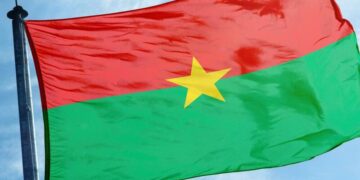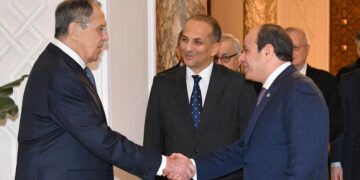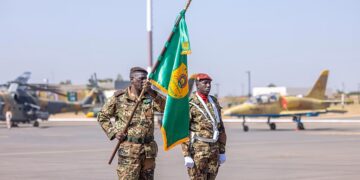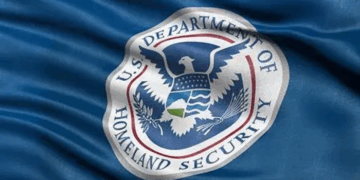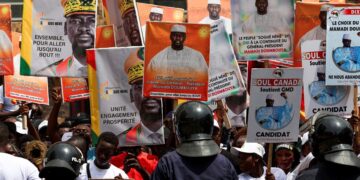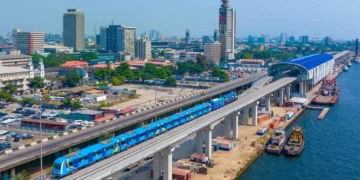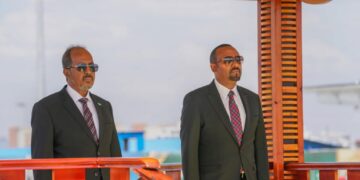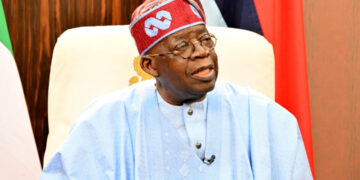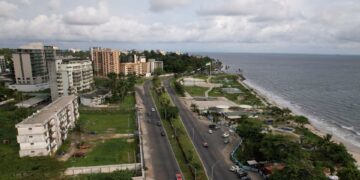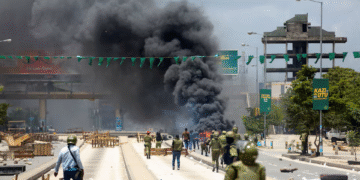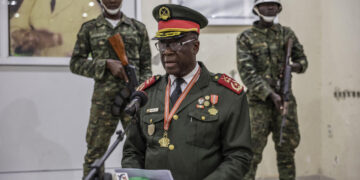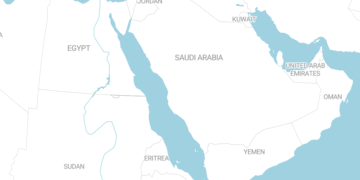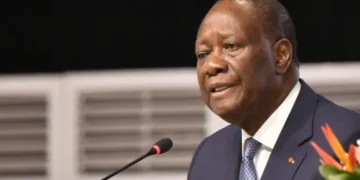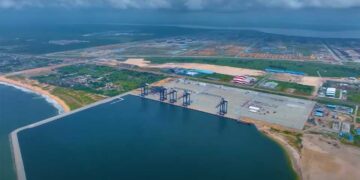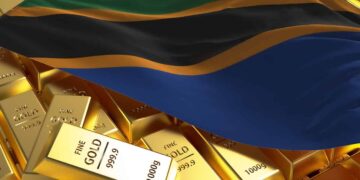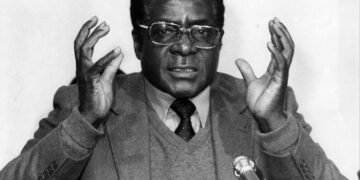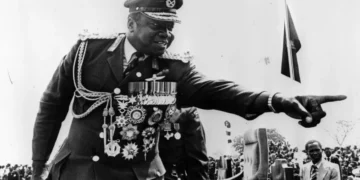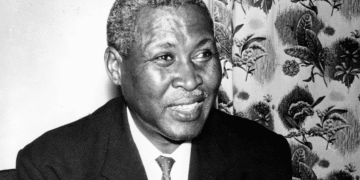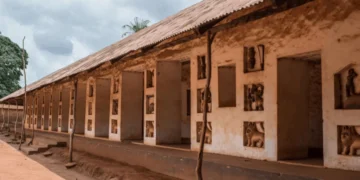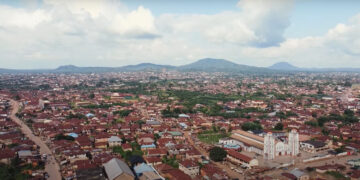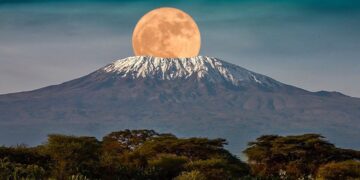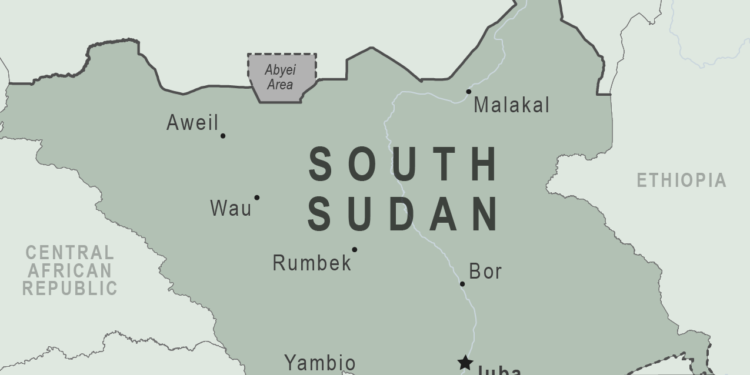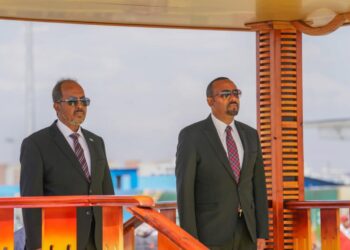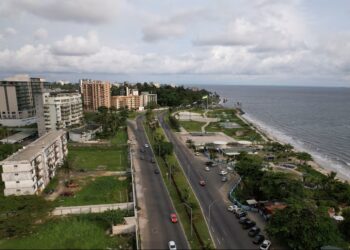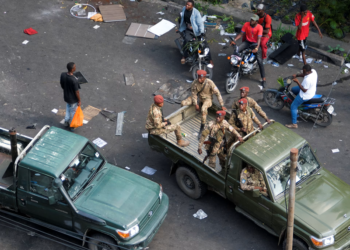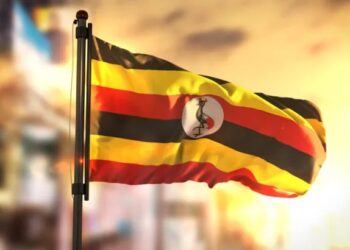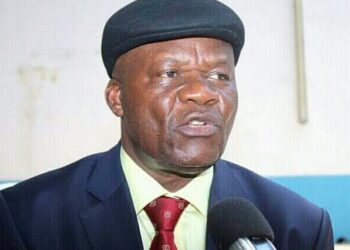South Sudan is a landlocked country in Africa. The country is located in Central/East Africa. Its rich biodiversity includes lush savannas, swamplands, and rainforests that are home to many species of wildlife. Prior to 2011, South Sudan was part of Sudan, its neighbour to the north. Sudan is now Africa’s third-largest nation (after South Sudan succession), and South Sudan is the world’s newest and youngest nation, with it Juba as its capital.
Formed from the 10 southernmost states of Sudan, South Sudan is a land of expansive grassland, swamps and tropical rain forest straddling both banks of the White Nile. Despite the potential oil wealth, South Sudan is one of Africa’s least developed countries. However, the years since the 2005 peace accord ushered in an economic revival and investment in utilities and other infrastructure.
Many historians, including Stephanie Beswick, have indicated the complexity of South Sudan’s histories, due to their rarity and difficulty to reconstruct, especially the pre-colonial history of South Sudan—which is, geographically speaking, the biggest swamp in the world—without the aid of oral histories and a scant number of archeological and linguistic investigations.
The wider area of Sudan, known as Ancient Nubia, has been inhabited since Mesolithic times (Middle Stone Age), around 30,000 to 20,000 BC. Sudan was occupied by Egypt under the Muhammad Ali dynasty and was governed as an Anglo-Egyptian condominium until Sudanese independence in 1956. Following the First Sudanese Civil War, the Southern Sudan Autonomous Region was formed in 1972 and lasted until 1983. A second Sudanese civil war soon broke out in 1983 and ended in 2005 with the Comprehensive Peace Agreement.
The Sudanese government and Southern Sudan signed a Comprehensive Peace Agreement in Nairobi in 2005, capping almost two decades of violence and over 2.5 million fatalities. A six-year timeframe for an independence vote was secured, and southern Sudan was granted semi-autonomous status. Politician Salva Kiir Mayardit of South Sudan was named vice president of both Sudan and Southern Sudan upon the passing of vice president John Garang of Sudan.
Kiir won 93% of the vote in April 2010 to win reelection as president of Southern Sudan.
Voting for independence from Sudan took place the next year, with citizens of Southern Sudan casting ballots from all over the world. Residents of South Sudan decided to secede from Sudan after almost a month, with an even greater majority of 98%. On July 9, 2011, South Sudan received official recognition as an independent nation. This made it the 54th country in Africa and the 193rd country to join the UN.

Two years after gaining independence, South Sudan formally declared civil war as hostilities persisted. When President Kiir dismissed his entire cabinet—including Vice President Riek Machar—in July 2013 amid allegations of a coup d’état, the level of unrest reached a breaking point. Following many months of relative peace, combat broke out between soldiers loyal to Machar and government forces in December 2013, sparking bloodshed. This led to yet another conflict that has displaced at least another four million people.
The UN declared that a famine was occurring in the nation in February 2016. The UN describes the famine that the war has caused as “man-made,” putting almost 5 million people—more than 40% of South Sudan’s population—at risk of hunger.
South Sudan is a Christian majority country, with Islam being a minority faith practiced by around 6.2% of the total population as of 2020. The South Sudanese population is composed mostly of Nilotic peoples, and it is demographically among the youngest nations in the world, with roughly half under 18 years old.
The country is one of the most linguistically varied countries in Africa, home to several hundred different language groups. English is the only official language recognized following independence from Sudan; Arabic and English were the official languages before that. Nonetheless, a large number of languages are recognized as national languages, including Ma’di, Otuho, Zande, Dinka, Nuer, Murle, Luo (Anyuak, Acholi, Shilluk, Pari, Jur-Luo, and others).
One of these sites is the Boma-Badingilo Migratory Landscape which includes the Boma and Badingilo national parks. The Boma National Park is one of Africa’s largest reserves and home to one of the continent’s largest wildlife migrations with as many as two million animals simultaneously migrating in “mega-herds”. The longest river in the world, The Nile, runs through South Sudan. The White Nile, one of the two main tributaries of the Nile, runs through South Sudan’s capital city. It joins the other major tributary, the Blue Nile, at Khartoum in Sudan. South Sudan is home to the Sudd, Africa’s largest wetland and one of the largest tropical wetlands in the world.
Ethiopia, Sudan, Central African Republic, Democratic Republic of the Congo, Uganda, Kenya are South Sudan’s seven neighboring nations. Its population is 11,452,474 as of 2022. This corresponds to 0.14 percent of the global populace. It is ranked 84th out of 235 nations (including dependencies) by population. The largest (and capital city is Juba).
Of the 27 nations, South Sudan is the only one without a single UNESCO World Heritage Site. On the Tentative List of sites to be nominated, it does, however, have three properties. The Boma-Badingilo Migratory Landscape, the Sudd wetland, and the Deim Zubeir – Slave route are the three locations. The Deim Zubeir is a site that offers a live testament to the history of slavery and the slave routes in the middle of the 19th century, having firsthand experience with the slave market, according to UNESCO.


